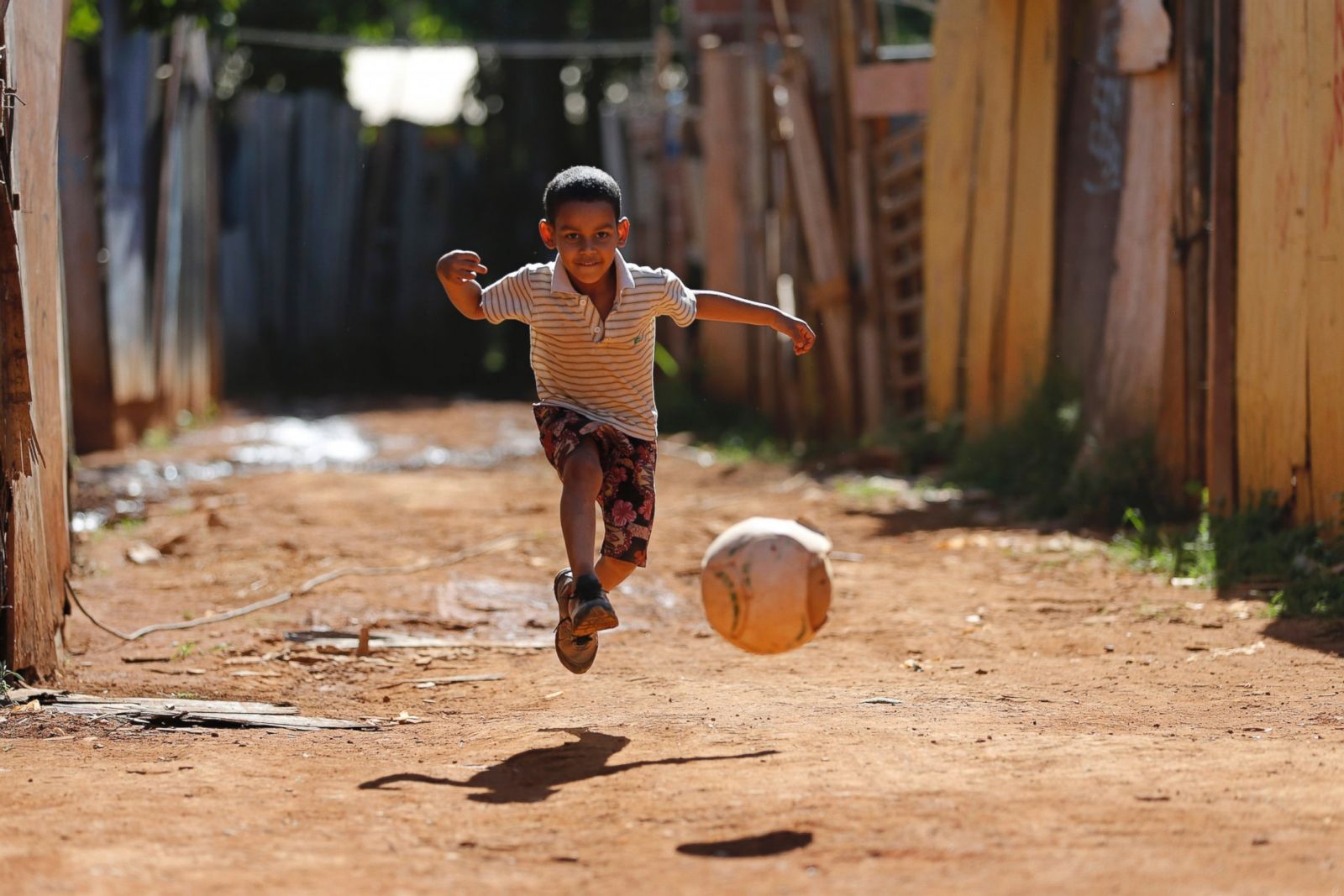According to a study by Erik Figueiredo, president of Ipea, the percentage of families in extreme poverty will be 4% by the end of the year. In 2019, before the pandemic, it was 5.1%.
The study, which Pode360 had access to, was presented by Figueiredo at a meeting with the government on Friday. It has not yet been published. It is the first work that shows the drop. The research on the subject will be carried out with the latest data available from the end of 2021.
The president of Ipea estimated the number of beneficiaries of Auxílio Brasil compared to Bolsa Família, the previous program, and the minimum payment of R$400 in early 2022. From January to June, 4 million families were included.

In June, Congress approved another increase to R$600, which the government will pay starting in August. This figure is not included in the study.
According to a forecast by the World Bank, which Figueiredo uses in his study, families living in extreme poverty will represent 9.9% of the total number of people worldwide. This represents a 15% increase compared to 2019, the last year before the pandemic. In 2019, it was 8.6% of families; by the end of this year, it will be 9.9%. These are people with an individual income of less than US$1.90.
By the end of 2022, 703 million people worldwide will be living below the extreme poverty line. Without the pandemic, the figure would be 588 million. So compared to a scenario without the pandemic, 115 million more people will be in a very vulnerable situation. All global statistics since 2017 are projections.
Additional spending on social programs will reach R$200 (US$38) billion this year. Brazil’s aid alone will include R$115 billion. Bolsa Familia had about R$30 billion annually. Increasing the value of the benefit and the number of families served will reduce extreme poverty, Figueiredo said.
RESULTS UNTIL JULY
Brazil Aid paid R$29.7 billion more from January to July 2022 than Bolsa Familia did in the same period in 2021. The distribution was as follows:
Northeast – R$12.9 billion;
Southeast – R$ 9.6 billion;
North – R$3 billion;
South – R$2.3 billion;
Center-West – R$1.9 billion.
With the emergency aid in 2020, the total number of families affected by extreme poverty decreased to 4.2%. In 2021, it increased again to 6%. Figueiredo said this was a result of the search for fiscal equalization. “Without it, poverty tends to increase. That’s how it was from 2015 to 2018.”
MORE JOBS
For every 100 new families that received aid from Brazil through July, there were 37 job openings in the country. Figueiredo said this was never the case during Bolsa Familia, not even during the program’s major expansion in 2009. “The microeconomic reforms have given companies more capacity to hire,” he said.
Figueiredo points out that the number of new job openings contradicts the idea that social benefits hurt the labor market because people would tend to stop looking for work.
Brazil recorded the sharpest drop in the unemployment rate among G20 countries in the year to April 2022. It reached 10.5%, a decline of 4.3 percentage points in one year. In June, there was a further drop to 9.3%.
In February, analysts’ forecasts indicated that the rate would only fall to 9.5% by 2026 if GDP (gross domestic product) grew at 3.5% per year. According to Figueiredo’s assessment, these estimates failed because they used outdated parameters.
Income growth
Figueiredo compared the Brazil Aid payment of R$600, starting in August, to the June values of the basic food basket in 15 states and the Federal District, where data are available.
This value would be sufficient to pay 77% of the basic food basket in São Paulo (lower limit) and 109% in Sergipe (upper limit).
In December 2015, the average value of Bolsa Família was enough to pay 33% of the basic food basket in São Paulo, the lowest place on the list, and 54% in Paraíba, the highest spot on the list.
In December 2010, it ranged from 33% in São Paulo and the Federal District to 51% in Paraíba.
With information from Poder360

